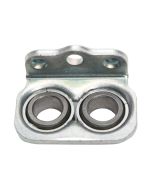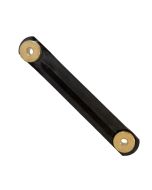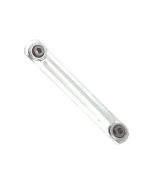Metal Linkage Design Yields Cost Savings
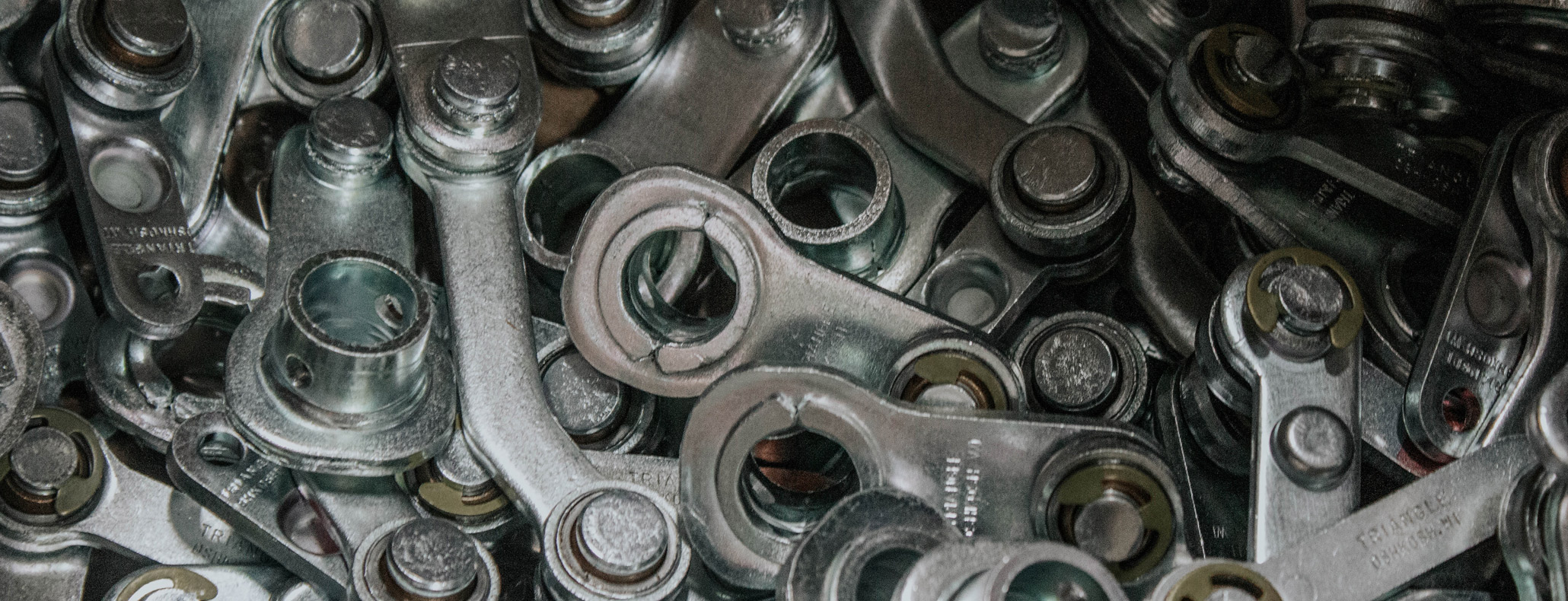
Triangle Engineers Dual-lever Control Application to Reduce SKUs & Assembly Time
When a global heavy equipment manufacturer asked us to quote production of a metal linkage for their dual-lever control application, we saw both a challenge and a solution. Rather than simply developing a traditional metal linkage quote, our engineering teams recommended a new approach—recreating the part with new stamped components. The dual-level linkage design proved to be a triple-threat, meeting the manufacturer’s requirements, reducing labor costs for assembly and increasing reliability and performance.
The request: Lower-cost bearing assembly
A Fortune 500 agricultural company came to us during product development for a new dual-lever component that controls a heavy equipment steering system. The customer’s goal: Reduce the use of two expensive and heavy components. The original part included four linkages – of four different lengths – with only small variations between them.
Our solution: Stamped Metal linkages
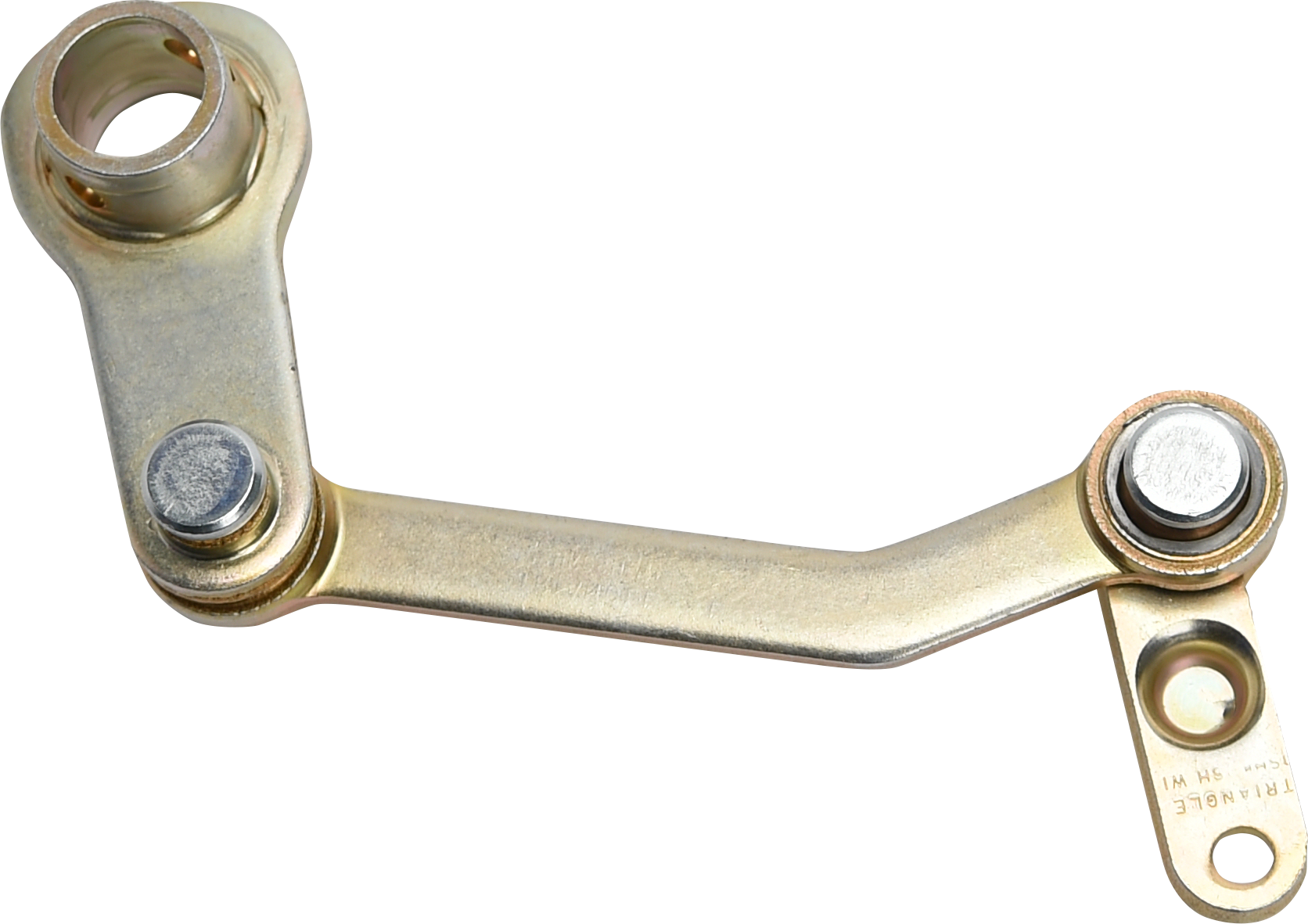
When evaluating manufacturing options, our engineers realized the original design included more component parts than needed. And, because the parts were so similar in length, they knew it would be difficult to distinguish between them during assembly. Working closely with our customer, our engineers challenged themselves to find an elegant solution—one that would meet the customer’s original goal of cost reduction and offer value by reducing SKU management and assembly costs. Their ultimate recommendation: Change two separate bearings to a double-bearing mount by stamping the components rather than machining them. The solution resulted in:
- Lower production costs
- Less tooling for manufacturing
- Reduced labor costs for assembly
- Improved quality assurance
Stamped metal linkage parts: How did we do it?
The customer came to us requesting a stamped, bent metal linkage assembly. As we began to ask questions, the customer sent us a full model mockup, allowing us to see how we could help achieve the original goal and more.
As part of the Triangle Manufacturing engineering process, our team developed CAD drawings for the customer to review. Upon approval of the CAD drawings, we developed rapid prototypes using a combination of machining, stamping and 3D printing to develop sample linkage parts. Using this sample, our customer’s engineering team tested functionality before approving volume production. This engineering process assured that the end users—heavy equipment operators—would notice no difference with the change in parts.
A quality check on steering linkage parts
The original design required parts that were so similar, the customer was spraying them different colors so workers could differentiate them during assembly. The new design eliminated the chance for mistakenly using an incorrect part along with the need for pre-assembly.
Thanks to our team’s modeling process quality assurance could be addressed during the design phase, eliminating potential Poka Yoke issues. That turned the dual-lever triple-threat solution into a winner on one additional front—preventing potential assembly errors and warranty issues. That’s good for both our customer and the customer’s end users.
If you need a steering linkage parts supplier who collaborates with you to find the best solution for your design, contact us at (920) 235-3710.

